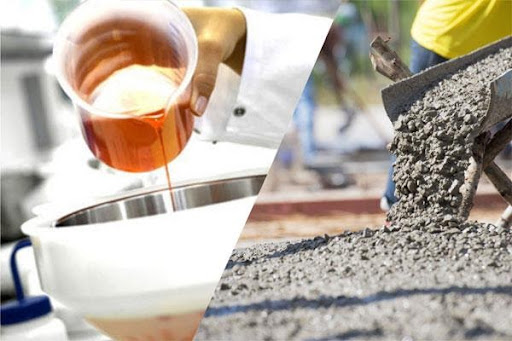Get to Know the 5 Main Categories of Product Defects with AQL Standard
Inspection of product quality is one of the most important parts of every business that sells or produces goods. Whether you run an online store or you’re manufacturing products in your factory, there’s no doubt that you rely on quality control and inspection to ensure your customers are getting exactly what they expected and your company isn’t facing any liability issues from unsafe or faulty products. So how do you inspect product quality? And what should you keep an eye out for during the process?
1) Introduction
The five main categories of product defects are design defects, manufacturing defects, quality control errors, construction errors, and installation errors. AQL standard defines a product defect as anything that reduces or limits its utility for what it is supposed to do. A pre shipment inspection is used in order to identify any potential design defects and other product related problems before they are shipped for their destination. Third party inspection companies offer valuable insights into how products can be improved and adjusted in order to meet certain standards.
2) Major Defects
Third party inspection is a good way to get an objective opinion from a professional that is not affiliated with your company. This type of inspection can be done by an independent inspector, or you can even use a robot to perform inspections. Product inspection, which is conducted by in-house staff, has its own set of benefits and drawbacks. One benefit is that in-house staff can use their experience and knowledge about your products to help them spot potential defects more quickly than an outsider could. However, they may also be biased towards your company’s product line, causing them not to identify defects as easily as someone who doesn’t have any prior knowledge about your product line would.
3) Minor Defects
Minor defects are most often the result of human error, such as improper packaging or labeling. These defects include deformed edges, dents and dings, misaligned labels and bent corners. Minor defects are not typically dangerous but can impact a customer’s ability to use the product, leading them to return it.
Third party inspection services can help you identify potential sources for minor product defects before they turn into major problems and affect your company’s reputation. Product inspection services will inspect your products from start-to-finish and eliminate any undetected flaws or errors that may lead to a defective product. This way, all of your customers will receive safe, high quality goods that meet their needs and expectations.
4) Critical Defects
Third party inspection is when someone who does not work for your company inspects your product and finds defects. Product inspection is when you, as the manufacturer, inspect your product for defects. Critical defects are flaws in a product that either reduce customer satisfaction or cause injury or death. If a product has critical defect, it needs to be recalled immediately. In order for a defect to be classified as critical, one of the following conditions must exist:
– The flaw causes injury or death
– The flaw reduces customer satisfaction
– The flaw is not detectable by use of reasonable care
– There is no way for purchasers to detect the defect without destroying part of the item before purchase
5) Performance Defects
Performance defects can be found in products by third-party inspection or by-product inspection. Performance defects are often due to human error, when a worker is not following safety protocol, or when workers lack training. One way to find performance defects is by using an X-ray machine. If you are having trouble identifying a performance defect, you can test your product on animals.
Final wrap up
With such a wide variety of product defects, it’s important for manufacturers and suppliers alike to have a third party inspection system in place. Product inspection is critical for staying on top of safety and quality standards. And an AQL standard will help you find out what defects you should be looking out for when conducting your own inspections. Ultimately, stay vigilant when it comes to checking products, because sometimes the smallest detail can make all the difference.








